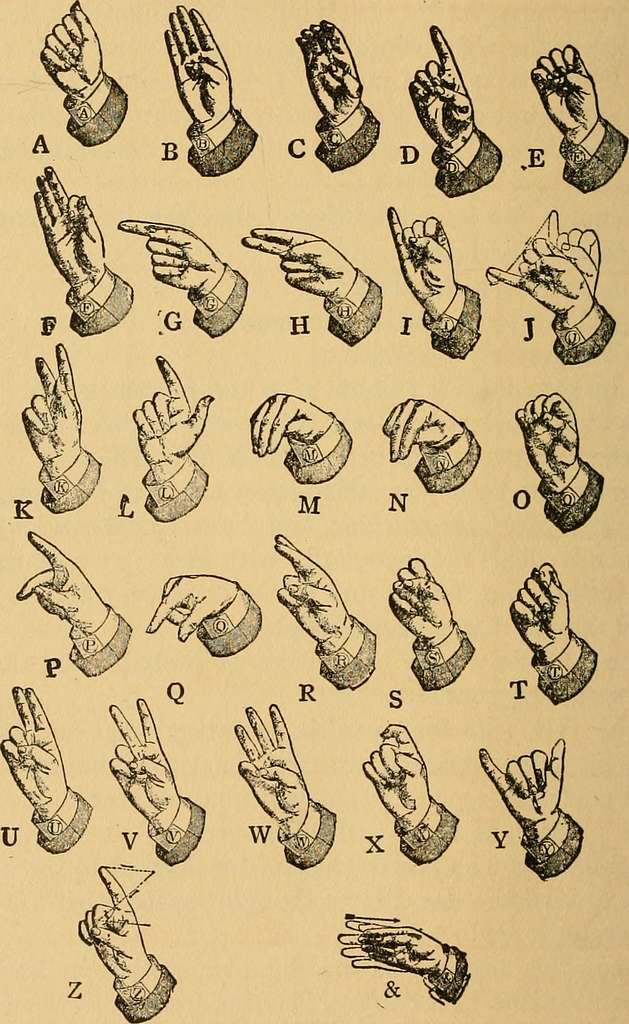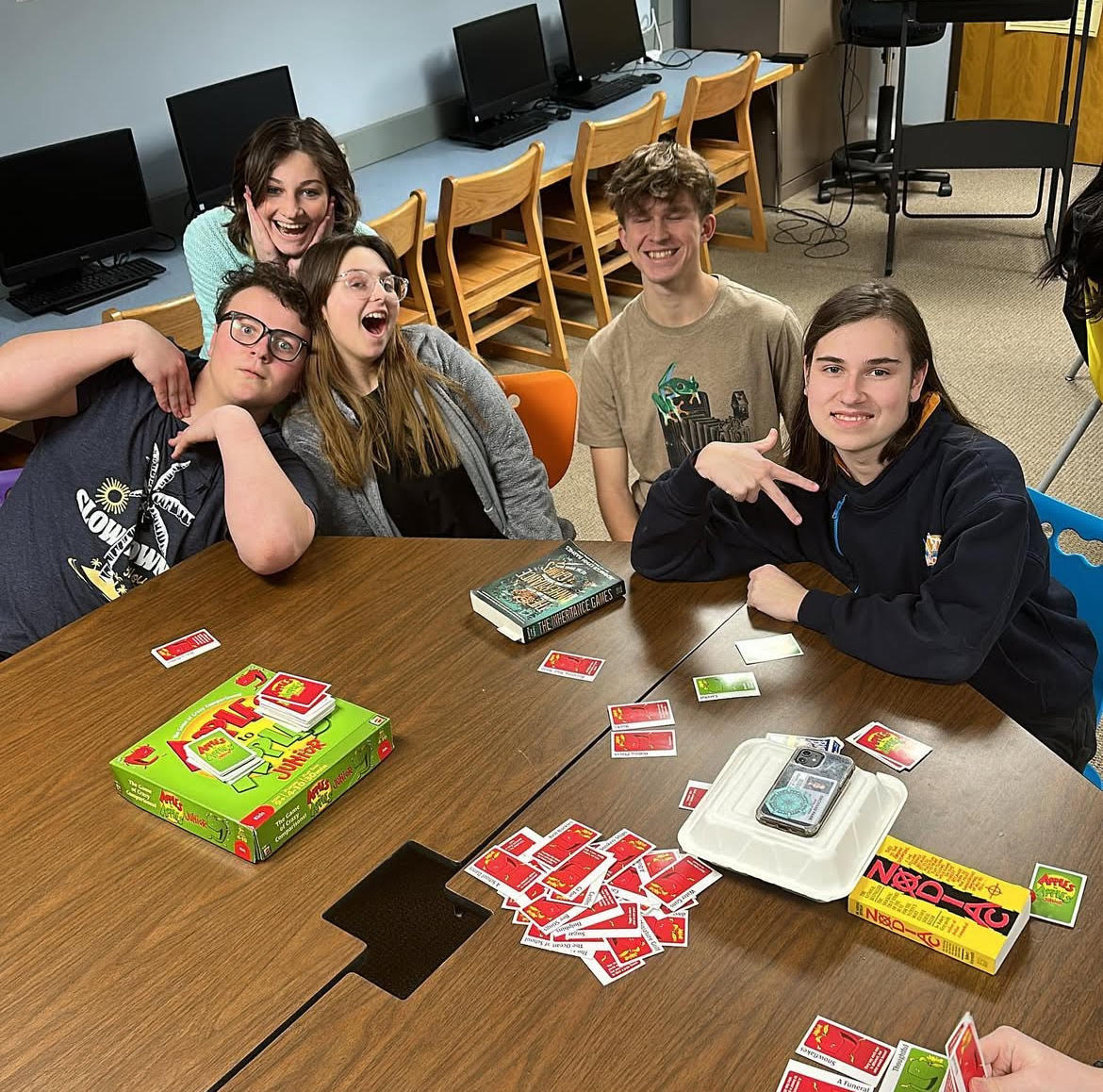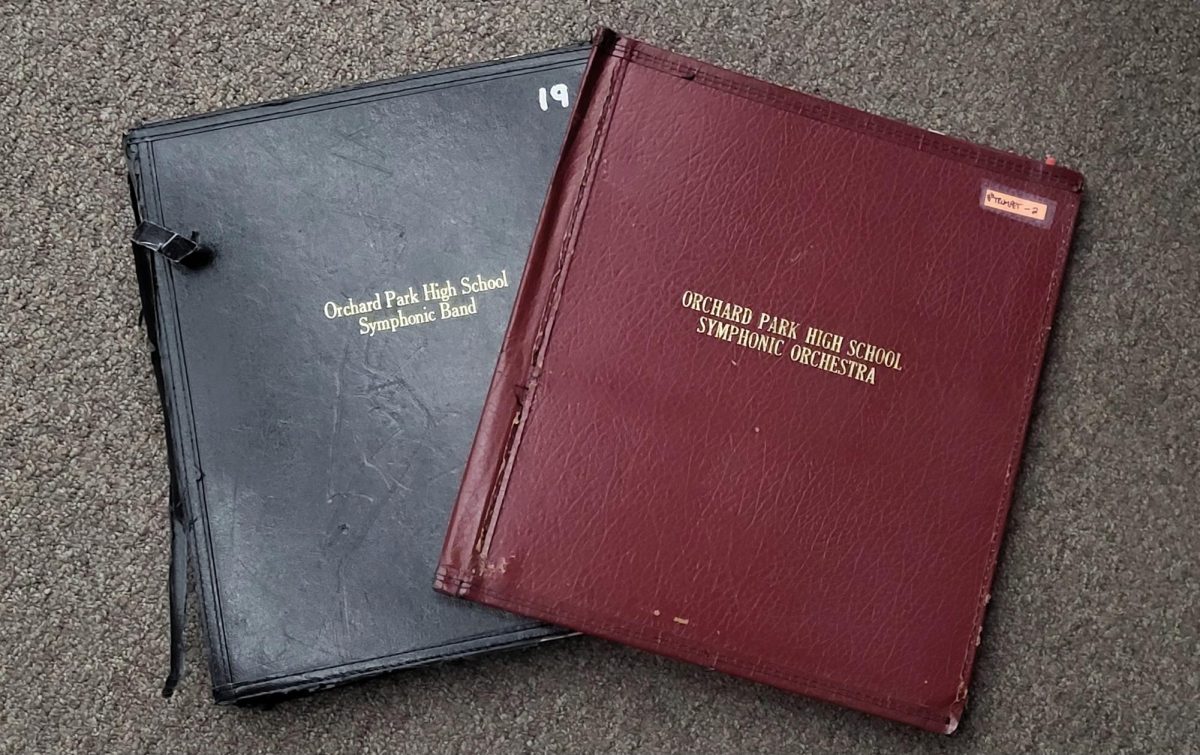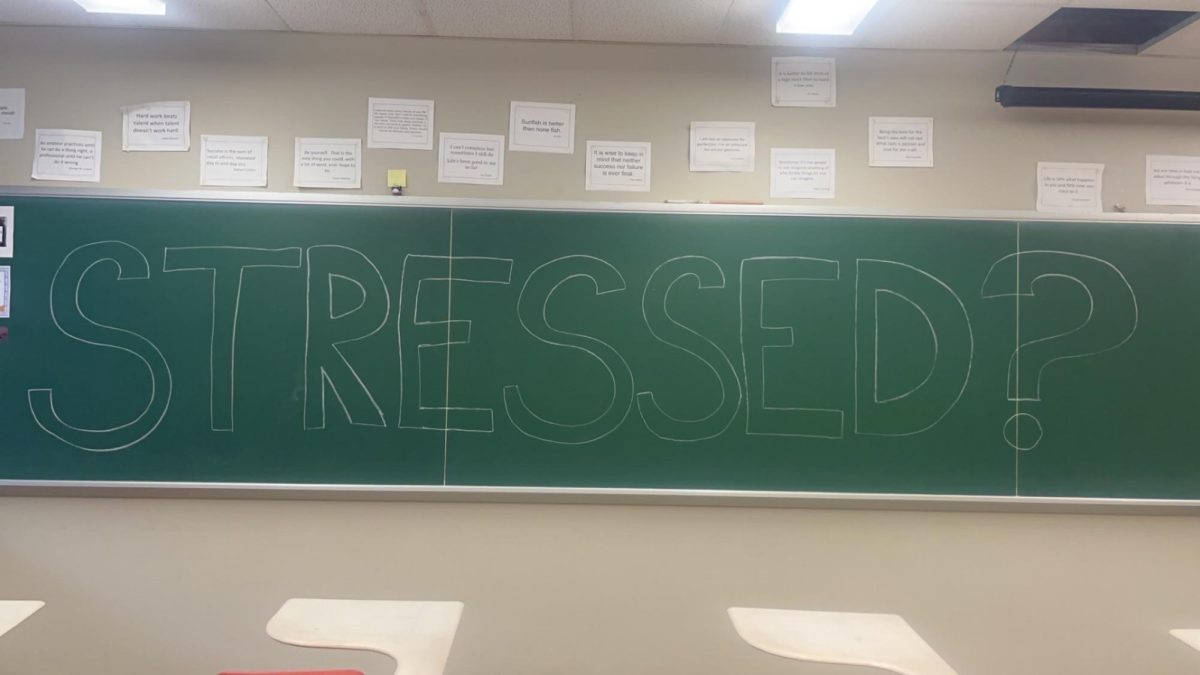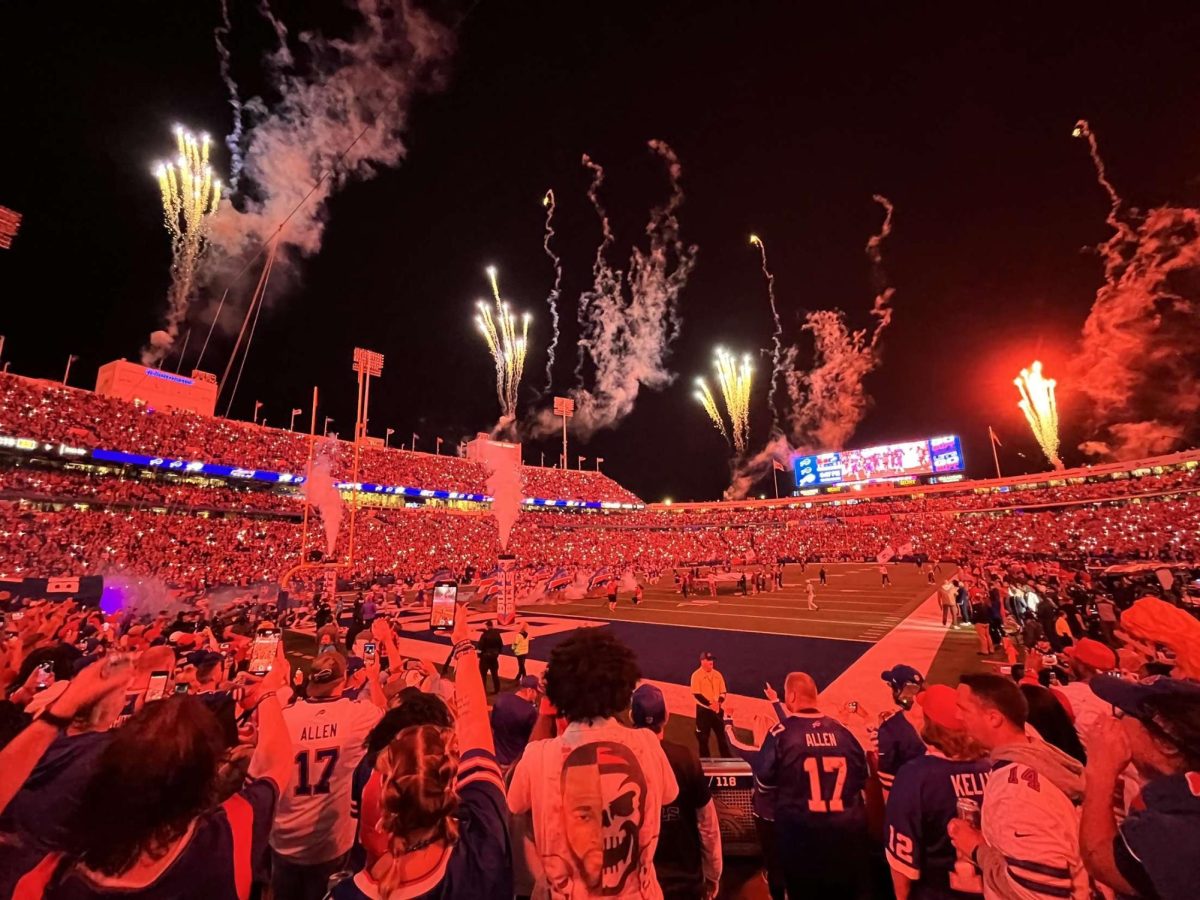Sign language has a diverse history that spans centuries. While many forms of sign communication have existed in different cultures throughout history, the modern evolution of sign language can be traced back to the 18th century. In the 18th century, France Charles Michel de l’Épée and Abbé Sicard developed French Sign Language. French Sign Language is a structured system of signs and gestures. Their work laid the foundation for contemporary sign languages not only in France, but also around the world. As time has gone on, other sign languages, such as American Sign Language and British Sign Language, have emerged and adapted to the needs of their respective communities. Sign language has since become a vital means of communication for deaf and hard of hearing individuals.
But what happens in Sign Language Club?
Sign Language Club is a great opportunity to learn a new language, meet other people, and get volunteer opportunities. In Sign Language Club, you will be greeted with another way to communicate with people and gain a better understanding of American Sign Language (ASL). While in the club, you will play games, like Bingo or Kahoot; these activities will help you remember the signs and how to sign them while doing it in a fun yet productive way.
Sign Language Club also gives you the opportunity to volunteer. Not only will you get volunteer hours that add up quickly, but you will also be helping and teaching others how to sign. This opportunity is great to help not only you but the person you are teaching to remember the signs and get them to become muscle memory. Sign Language Club is a great way to expand your horizons and knowledge.
Picture credit:
The Book of Wood Craft 1912.
This picture shows the American sign language alphabet.
